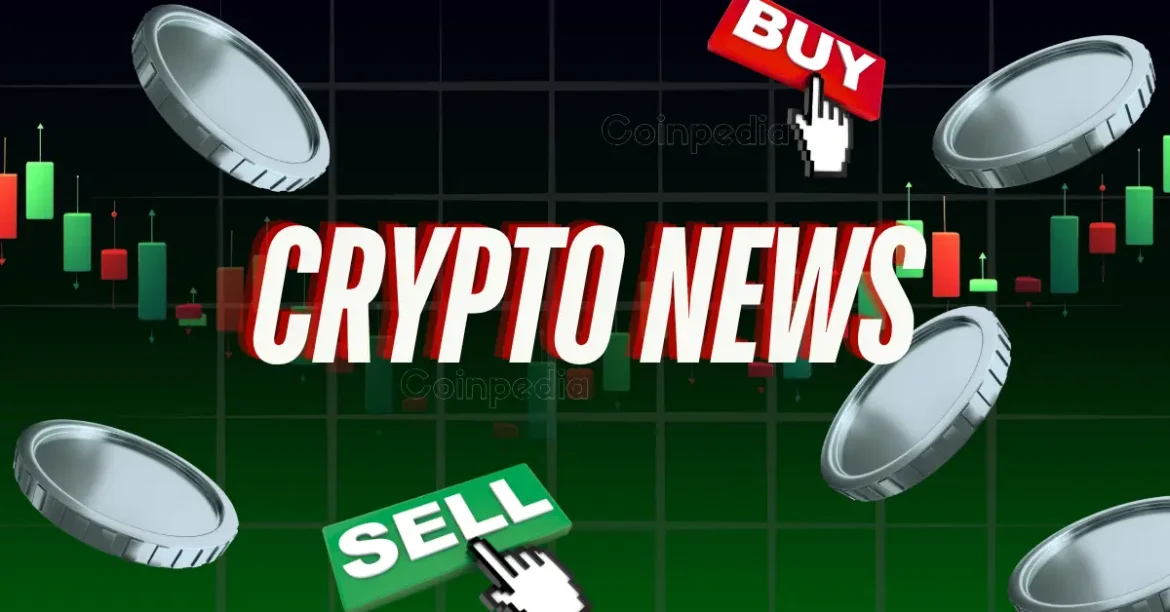The conclusion of the Ripple vs. SEC lawsuit marks a significant turning point for the cryptocurrency industry, particularly for XRP and its stakeholders. After years of legal uncertainty, the resolution of this high-profile case has far-reaching implications for regulatory clarity, market sentiment, and the future of digital assets. The settlement not only provides a sense of finality for Ripple but also sets a precedent for how other cryptocurrencies may navigate regulatory challenges in the future.
The Legal Battle and Its Resolution
The lawsuit, which began in December 2020, centered on whether Ripple’s sales of XRP constituted an unregistered securities offering. The SEC alleged that Ripple Labs and its executives had raised over $1.3 billion through unregistered securities sales, a claim that Ripple vehemently disputed. Ripple argued that XRP was a utility token primarily used for cross-border payments and not a security. The prolonged legal battle introduced significant uncertainty for XRP and the broader crypto market, as investors and companies awaited clarity on the regulatory treatment of digital assets.
The resolution came when Ripple decided to drop its cross-appeal, effectively accepting the court’s 2023 finding that XRP sales to institutional investors were securities transactions. However, Ripple secured a significantly reduced penalty, agreeing to a $50 million settlement—a stark contrast to the initially proposed $125 million fine. This settlement, formally approved by Judge Analisa Torres, brought an end to the multi-year dispute and provided a measure of regulatory clarity for XRP.
Impact on XRP Price and Market Sentiment
The market reaction to the lawsuit’s conclusion was overwhelmingly positive. XRP’s price surged by more than 3% within 24 hours following Ripple’s announcement of the appeal withdrawal, signaling renewed investor confidence. Analysts predict that this could be the beginning of a bullish phase for XRP, with some experts forecasting a potential rally of 100% to 300% in the coming months, potentially pushing the price to $6.99 to $10.
Several factors contribute to this bullish outlook:
– Reduced Legal Risk: With the lawsuit behind it, XRP is more likely to regain access to major U.S. exchanges, which is crucial for liquidity and trading volume. This access could attract more retail and institutional investors, further boosting XRP’s market presence.
– Institutional Investment: Legal clarity often paves the way for institutional investors, who have been cautious about entering the crypto market due to regulatory uncertainties. The resolution of the Ripple case may encourage institutional capital to flow into XRP, driving up demand and price.
– Speculation on XRP ETF: The conclusion of the lawsuit has intensified speculation about a U.S.-approved XRP exchange-traded fund (ETF). The regulatory clarity provided by the case’s resolution could facilitate the creation of new investment vehicles for both retail and institutional investors, further boosting XRP’s appeal.
Regulatory Landscape and Ripple’s Strategic Positioning
The Ripple case has been a significant test of U.S. regulatory approaches toward cryptocurrencies. Its resolution signals a shift in regulatory focus and potentially establishes a framework for other digital assets that have been in ambiguous legal territory. Ripple’s top executives, including CEO Brad Garlinghouse and Executive Chairman Chris Larsen, have engaged actively with the newly appointed SEC Chair Paul Atkins, who is known for a more crypto-friendly approach. These dialogues suggest a more cooperative regulatory environment going forward.
Additionally, new U.S. crypto laws are reportedly under consideration to better protect users and foster innovation. Ripple’s cooperation with regulators may set a precedent for constructive industry-regulator relations, benefiting not only Ripple but also other blockchain companies navigating complex regulatory waters.
Potential Challenges and Remaining Questions
Despite the positive signals, some uncertainty remains. There is still ambiguity about XRP’s use within Ripple’s ecosystem, particularly regarding its role in Ripple’s on-demand liquidity solutions. Future regulatory interpretations could impact how XRP is used and traded, requiring ongoing vigilance from investors and stakeholders.
Furthermore, while the SEC lawsuit is over, the judge had previously rejected a joint motion on settlement terms, which temporarily rattled investor confidence and caused price dips. Market participants will likely remain cautious about any broader regulatory actions or shifts that could impact XRP’s market dynamics.
Looking Ahead: The Future of XRP and Ripple
With the legal chapter closed, Ripple is poised to accelerate its business expansion, leveraging the cleared path to scale partnerships and technological innovations. XRP’s outlook for 2025 is optimistic, with sustained price rallies predicted and conversations about new financial products like an XRP ETF gaining traction.
The legal victory not only repositions Ripple for growth but also acts as a bellwether for the crypto industry, offering a glimpse of how regulatory frameworks might evolve. For XRP holders and crypto enthusiasts, this is a moment laden with promise—an opportunity to witness and participate in a more mature, regulated, yet innovative crypto marketplace.
Conclusion: A Game-Changer for XRP and Crypto Regulation
The end of the Ripple vs. SEC lawsuit is a major breakthrough that goes beyond clearing Ripple’s name. It fundamentally transforms XRP’s prospects, allowing it to regain footing on U.S. exchanges, attract institutional investments, and potentially benefit from new crypto financial instruments like ETFs. This resolution is likely to catalyze broader crypto market growth by offering regulatory clarity that has long been elusive. Ripple’s strategic diplomacy, legal pragmatism, and willingness to settle demonstrate an adaptive approach that could serve as a model for other blockchain companies navigating complex regulatory waters.
As XRP embarks on this new chapter, all eyes will be on its price trajectory, adoption, and how forthcoming U.S. crypto regulations evolve—making this an exciting and dynamic space to watch closely in the coming months. The resolution of the Ripple case not only provides a sense of finality for XRP but also sets a precedent for how other cryptocurrencies may navigate regulatory challenges in the future, paving the way for a more mature and regulated crypto market.





